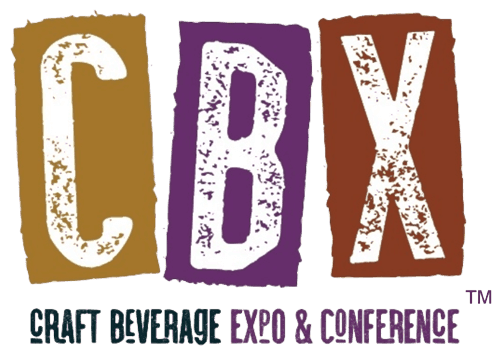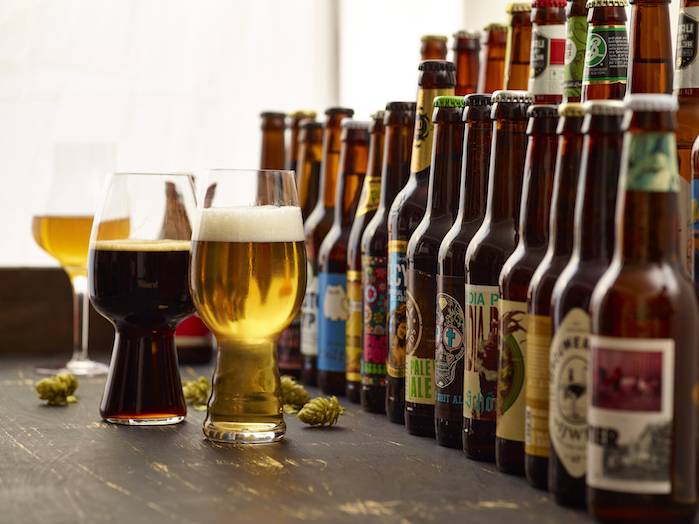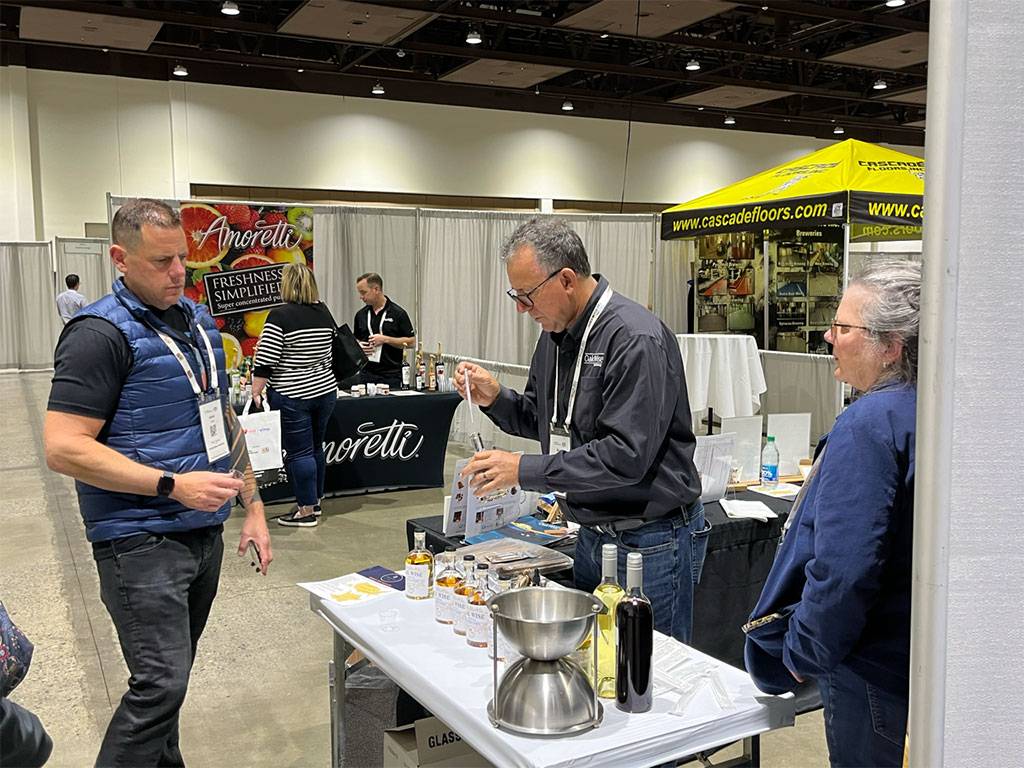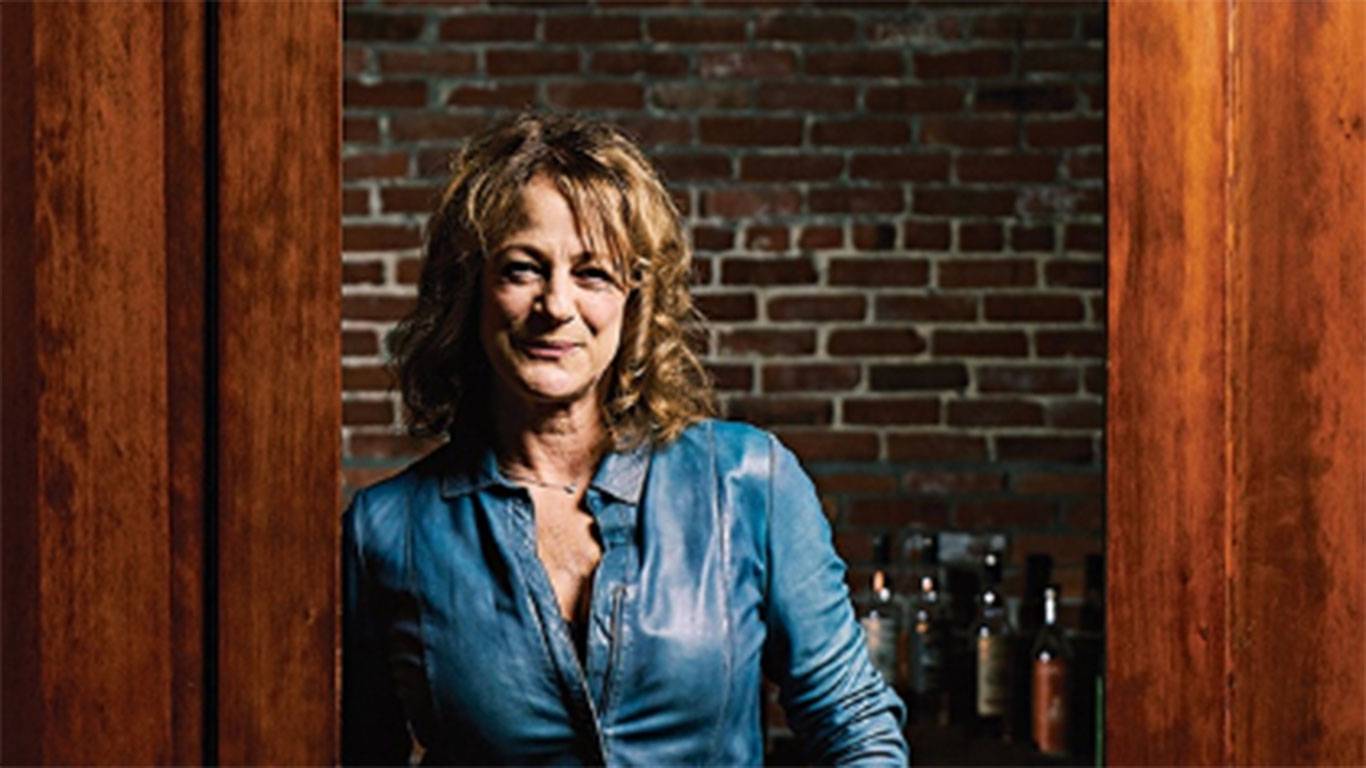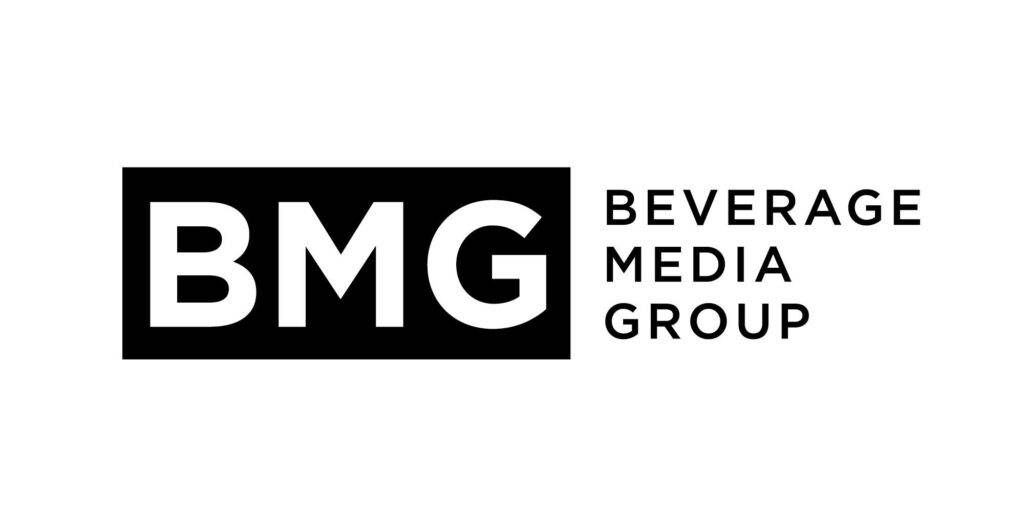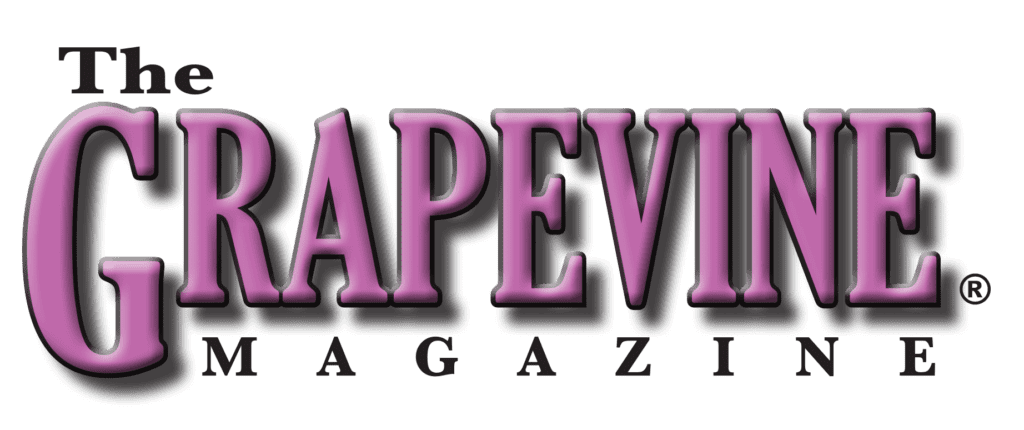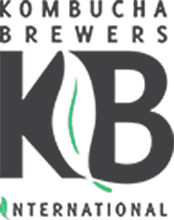Earlier this year, Beverage Dynamics shared a list of craft beer trends for the year. Let’s revisit some of these craft beer trends to see their impact and what they mean for the future.
Craft Beer Saturation
The first trend was the ongoing increase in craft beer selection that may be starting to overwhelm consumers who walk into retail stores. Consumer are bombarded with options for craft beers, as there are now 7,000 breweries that operate in the U.S. with 9,000 active brewery permits, according to the Brewers Association. While the growth provides more variety and ways to try beer, there may be some consumer fatigue this year, leading to a slowdown in sales.
The big question going into 2020 is how to capture consumer attention, especially when more drinkers are turning to spirits and wine as well as CBD-infused drinks. The strategy may involve more differentiation and focus on core brands rather than the ongoing introduction of new flavors.
A Macro Approach to Craft Beer
Previously, “macro” and “craft beer” did not mix. Now, because of the variety, the macro approach may be an important strategy for this beverage segment. This includes just introducing a few seasonal flavors and limited-time exclusive options.
However, one point of concern going into 2020 is the ongoing move by consumers to not be loyal to one brand of craft beer. Even with the overwhelming selection, consumers are jumping around trying all the available options. Some consumers even only want to try new options.
To capture these consumers, there may need to be a bigger focus on branding and making a connection on a deeper level.
Low-Cal Craft Beers
One macro craft beer segment that has also been a key trend during 2019 is the low-calorie segment. With more consumers concerned with nutrition and calories, these beers are a way to welcome in health-conscious customers. For example, Lagunitas has DayTime IPA, a 4%-ABV, 98-calorie beer while New Belgium’s Mural is just 110 calories with 0 grams of sugar.
More craft brewers may end up targeting these active, health-conscious consumers in 2020 as part of their macro strategy.
Taproom Takeovers
With so many craft beer options out there, it has become challenging to get distribution. This has led breweries to other tactics like approaching taprooms and partnering on takeover days and nights to get their beer in front of consumers.
Not only has this cut out the need for distributors but these new breweries are getting noticed. Taprooms also enjoy the benefits of these partnerships because they draw in crowds that get to try new craft beer options and share their feedback directly with the brewers.
In 2020, this trend may continue to grow as a way to differentiate craft beer brands. It may also change how other breweries market themselves as well as how distribution works with restaurants and bars.
What’s Next for Craft Beer?
Come to Craft Beverage Expo to find out what the next few years hold for craft beer and how you can shape that evolution.
